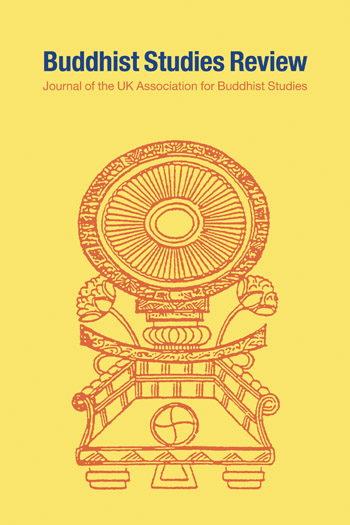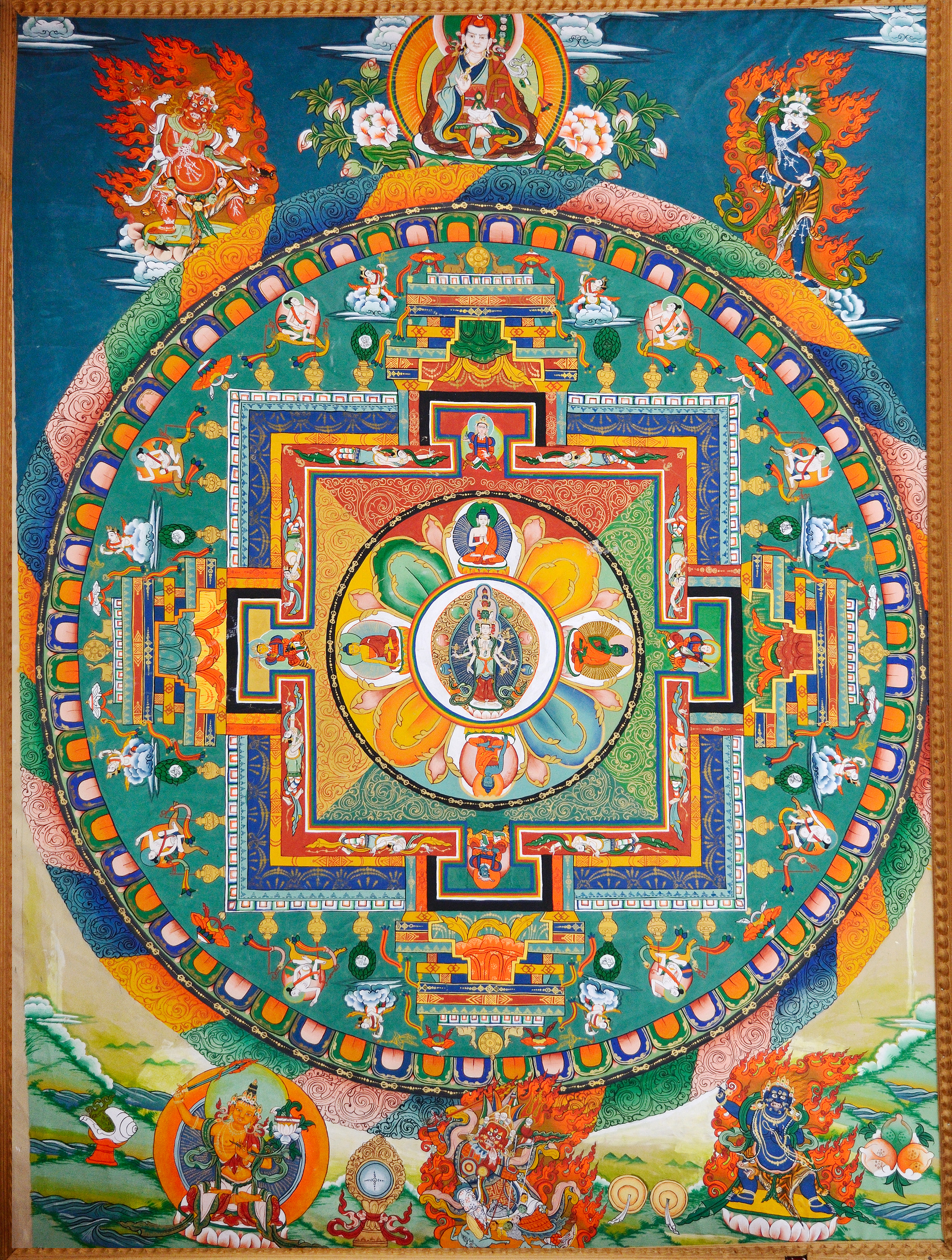Reviews
The book is an impressive one, it not only contains extensive new material on a vital area of Buddhist meditation practice and theory but manages to link together contemporary commentary with traditional analysis and scholarship. This combination achieves a delicate but unusual balance between respecting the authenticity of the tradition, but nevertheless adding sympathetic analyses, commentary, insights and above all, practical comments.Detailed explanations from an authentic non-Western source have been ‘curated’ by being translated extremely carefully and then annotated to make the content useful for both academic and non-academic purposes. Without the footnotes and amplifications the work would be only a traditional presentation, however, by adding the technical terms and checking rather widely with traditional commentary and explicatory material there is a solid grounding for the comments and insights presented in the text. This opens intriguing and novel avenues of inquiry while at the same time offering multiple new insights into previous work.
This is a significant new addition to publications in this area where new publications are frequently but re-hashings of earlier contributions. In contrast, this cumulation of comments and added material presents areas for fruitful (re-)examination and exploration, and does so in a way that is accessible to the two major but disparate groups interested in this traditional material: (1) academics and serious students approaching the original classical text (and commentaries) and (2) the much larger international group of users of meditation-related materials from the Buddhist traditions.
This is a wonderful resource and a potential text-book and reference work for students in this area.
Dr. Royce Wiles, Research Associate, New Zealand South Asia Centre, University of Canterbury
This excellent monograph presents a detailed Theravāda commentary on the Satipaṭṭhānasutta by Pemasiri Thera, a contemporary scholar and meditation teacher from Sri Lanka. As such, it represents an important contribution to the scholarship on the Satipaṭṭhānasutta, which lacks the voices of contemporary South Asian Pāli scholars, despite the many calls to decolonize the field of Buddhist Studies. The commentary draws from both the textual sources and meditative experience. Apart from being incredibly rich and precise, it is also innovative in its clarifications of the fundamental technical terms in the sutta, and the meticulous footnotes by Tamara Ditrich are a very valuable and effective addition to the commentary. The monograph is well organized and very clearly written. It will be of interest to a wide variety of audiences, from practitioners of Buddhist meditation to scholars of Buddhism and other South Asian religious traditions.
Ana Bajzelj, Associate Professor of Religious Studies, University of California, Riverside








